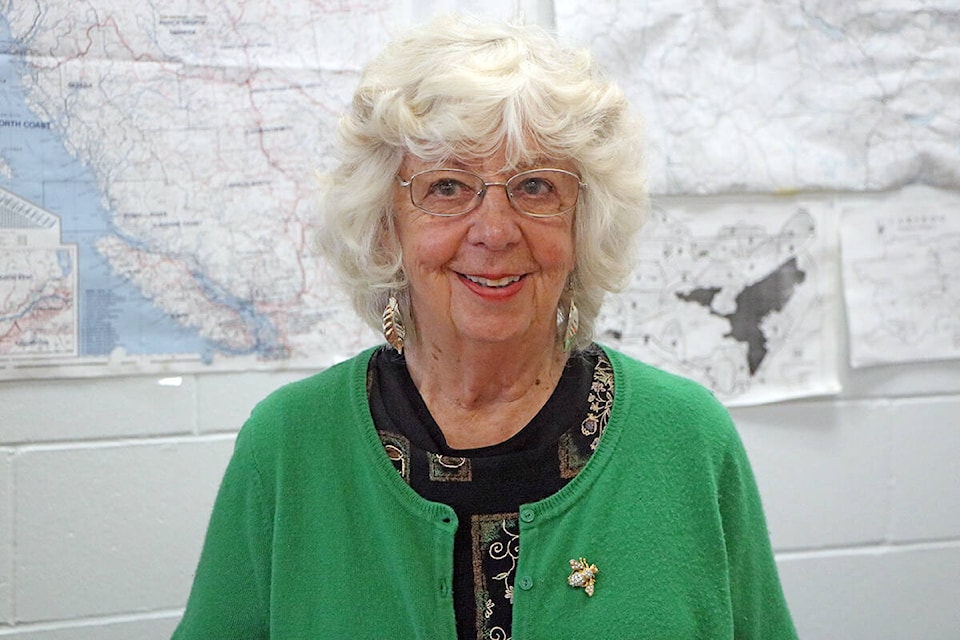One morning in 1818, a young parish priest in Oberndorf, Austria, was preparing the village church of Saint Nicholas for Midnight Mass. Shafts of December sun streamed through the stained glass windows in lovely soft colours.
As he straightened sprigs of evergreen tucked behind a manger scene, Joseph Mohr thought of how quiet, how peaceful the church was, like the words of a poem he had written two years before. “Silent night, holy night, all is calm, all is bright,” the words seemed to flow in a gentle rhythm through his mind.
Mohr thought of the church organist and local school teacher, Franz Gruber. Gruber would be by later to practice the Christmas hymns he would use for Midnight Mass. The two men shared an interest in music and often played their guitars and sang together at the school. All of a sudden, Mohr had a great idea! He would see if Gruber could put the words of his poem to music.
Mohr threw on warm clothing and set out in the cold for the nearby town of Arnsdorf where Gruber lived. He found his friend sitting with his children, strumming on his guitar while they sang carols. Mohr handed him a paper with the words of the poem. Gruber began to play a simple melody, one in short phrases that suited the poem perfectly. As Gruber continued to add to the melody, Mohr sang along with the guitar.
READ MORE: Marianne Van Osch: Consider ‘inventive’ measures when burning
That night during Midnight Mass, St. Nicholas’ parishioners buzzed with wonder when they saw Gruber leave his place at the organ in the choir loft. He picked up his guitar and joined Father Mohr at the altar railing. The hymn began to spread into the silent church. As the men softly sang the simple tune, the congregation and the choir began to hum along with them. It was an overwhelming feeling, as if they had known the song forever.
During the next day, Christmas Day, Silent Night was sung in houses all over Oberndorf. A few days later an organ repairman was captivated by the beauty of the song while he was working in the church.
Gruber gave him a copy of the music. The repairman took the copy to his next job in the Zillertaal Valley near Innsbruk. He gave the copy to a wandering Tyrolean theater group that featured the Strasser and Rainier families. It quickly became their signature song as they performed throughout Austria and Germany. By the following year, Silent Night was added to the repertoires of Christmas hymns that were sung in hundreds of European churches.
After World War I, with the rise in the radio and recording industries, Christmas music soared. Bing Crosby’s recording of Silent Night in 1928 became one of the most popular recordings of all time. Since then, Mohr’s song has been recorded countless times, so much so, that in 2011 UNESCO declared Silent Night to be part of our “intangible cultural heritage.”
Here in the Cariboo, we are so blessed to live where we know what a silent night truly is. When we step outside on a moonlit night, when shadows are crisp and clear on the blue snow and the sky is a deep velvet with a sprinkle of stars, there is not a sound. Just a peaceful, silent night.
newsroom@100milefreepress.net
Like us on Facebook and follow us on Twitterstrong
